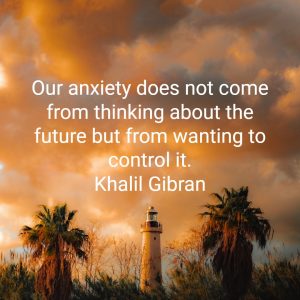It’s completely normal to feel a bit anxious when you’re speaking in high-pressure situations. I’ve been there, and I’ve learned that with a few simple strategies, I can manage my nerves and communicate effectively.
Focus on My Message, Not Reactions
I’ve found it’s really easy to get caught up in how my audience is reacting, but I try not to let it distract me. Many experienced listeners, especially VIPs, are trained to keep a neutral expression. I’ve learned not to assume their silence means disinterest.
Share a Personal Story
I’ve noticed that adding a personal touch makes my message more engaging and memorable. This doesn’t mean I have to take a big risk. I just share a real experience that connects to my point. For instance, I once heard about an employee who stood out by sharing how he chose to brave harsh winters for a dream job instead of moving back home. His story made his message relatable and inspiring.
Start with a Quick Recap
When I’m speaking to an audience I’ve met before, I assume they need a refresher. I remember a CEO who joked that his board members have “bathtub brains”—meaning they forget details after each meeting. So, before I jump into new points, I spend a minute summarizing key highlights from my last discussion.
Channel My Nerves into a Strong Opening
I’ve discovered that my nervous energy can actually work in my favor. One effective strategy I use is a rhythmic opening, like a series of questions:
- What challenges have we already overcome?
- What challenges do we face now?
- What challenges are ahead?
Repeating phrases like “Think about X. Think about Y.” also helps me build momentum and confidence.
Use Powerful Body Language
Non-verbal cues really help reinforce my message. Here are some gestures I use that project confidence:
- The Box: I try to keep my hand movements within an imaginary box in front of my torso to maintain control.
- Holding the Ball: I gesture as if I’m holding a basketball—this signals knowledge and authority.
- Pyramid Hands (also called “Steeple Hands”): I gently clasp my hands together to appear calm and to avoid looking arrogant.
- Wide Stance: I stand with my feet shoulder-width apart to convey stability and confidence.
- Palms Up: I use this to suggest openness and honesty, much like Oprah Winfrey does when connecting with audiences.
- Palms Down: This shows authority and strength, a technique I’ve seen politicians use.
Practice and Apply
To improve, I record myself speaking and review the video with the sound off—do my gestures look natural and confident? If not, I practice in front of a mirror or with friends until they feel effortless. I’ve found that mastering both verbal and non-verbal communication really helps me deliver messages with impact—no matter the pressure.





